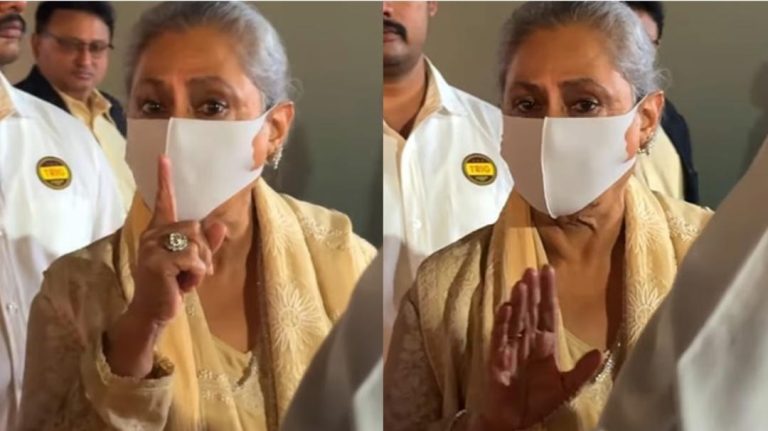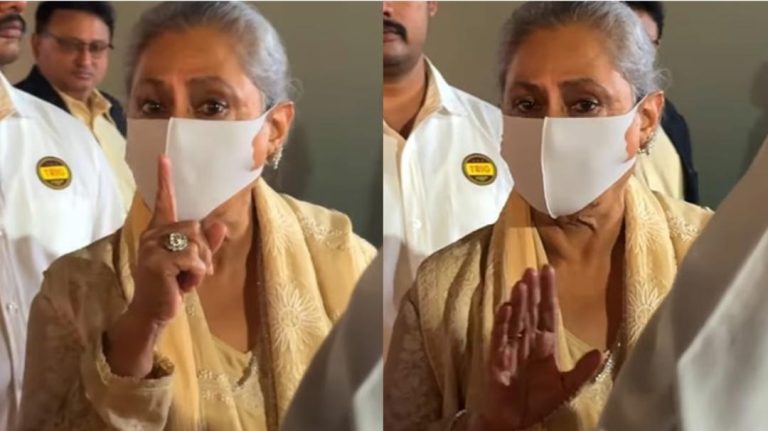
Cable TV Loses 5 Lakh Jobs as Digital Platforms Take Over
The Indian pay TV sector has been experiencing a significant slump in recent years, with over 5 lakh jobs lost in the past seven years alone. This decline is attributed to a sharp drop in subscribers, driven by the rise of over-the-top (OTT) platforms, smart TVs, and free satellite services. The sector’s revenue has also taken a hit, with a 16% decline since 2019. This trend not only highlights the challenges faced by the cable TV industry but also underscores the urgent need for workforce upskilling and adaptation to the post-linear media landscape.
According to a recent report, the number of subscribers to cable TV networks in India has decreased by over 40% in the past seven years. This decline has resulted in a significant loss of jobs, with many cable TV operators forced to downsize their workforce to stay afloat. The report also states that the revenue of the pay TV sector has been declining steadily, with a 16% drop since 2019. This decline is attributed to the rise of OTT platforms, which have become increasingly popular among Indian viewers.
OTT platforms such as Netflix, Amazon Prime Video, and Hotstar have disrupted the traditional cable TV model by offering a wide range of content, including original shows and movies, at an affordable price. These platforms have also made it possible for viewers to access content on-demand, without the need for a traditional TV set or cable subscription.
The rise of OTT platforms has also led to a shift in viewer behavior, with many opting for digital content over traditional TV. According to a recent survey, over 60% of Indian viewers prefer watching content on their smartphones or laptops, while only 20% prefer watching content on traditional TV.
The decline of the cable TV sector has also been driven by the rise of smart TVs and free satellite services. Smart TVs have become increasingly popular in India, with many viewers opting for these devices over traditional TV sets. Smart TVs offer a range of features, including streaming capabilities, voice control, and integration with other devices.
Free satellite services, on the other hand, have become increasingly popular among Indian viewers who cannot afford to pay for cable TV. These services offer a range of channels, including news, entertainment, and sports, at no additional cost. According to a recent report, over 50% of Indian viewers rely on free satellite services for their entertainment needs.
The decline of the cable TV sector has significant implications for the industry’s workforce. Many cable TV operators have been forced to downsize their workforce, leading to job losses and uncertainty for thousands of employees. The sector’s decline also highlights the urgent need for workforce upskilling, as many workers may need to adapt to new roles and technologies.
In conclusion, the decline of the cable TV sector in India is a significant trend that highlights the challenges faced by the industry in the post-linear media landscape. The rise of OTT platforms, smart TVs, and free satellite services has disrupted the traditional cable TV model, leading to a sharp decline in subscribers and revenue. The sector’s decline also underscores the urgent need for workforce upskilling and adaptation to new technologies and business models.
News Source: https://youtu.be/AMHTmYb_Hz8





